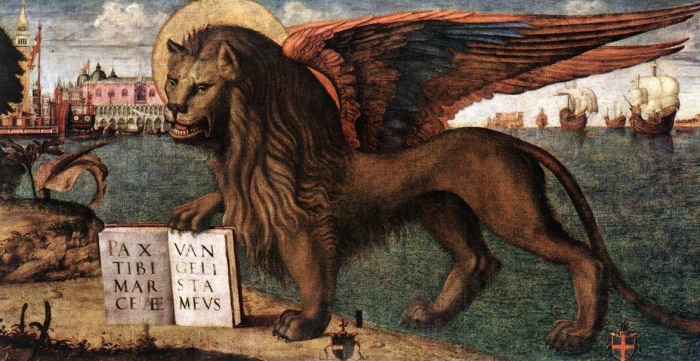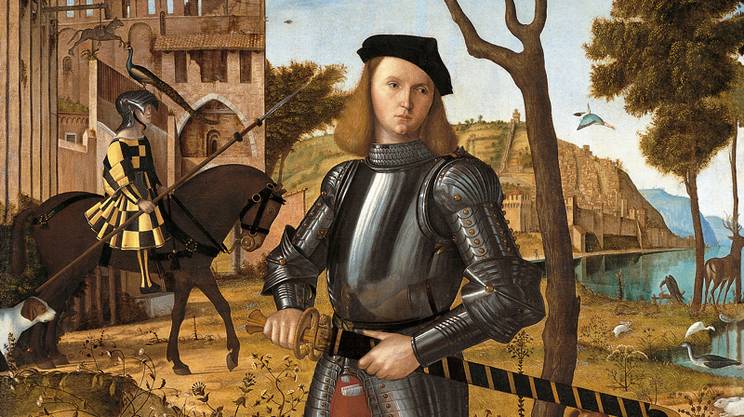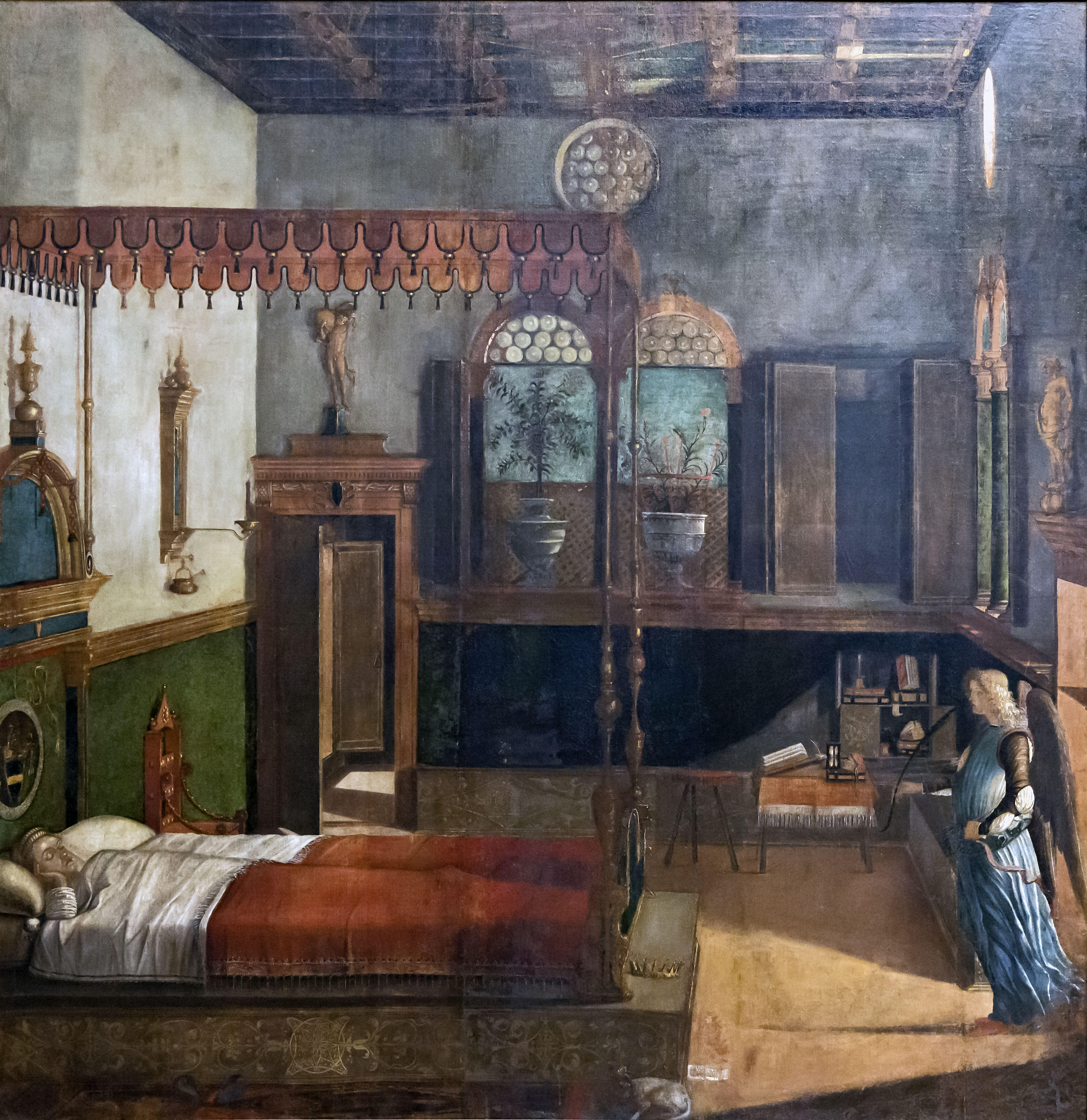
Have you ever heard of Vittore Carpaccio? This fascinating Venetian artist left an indelible mark on the painting school of his time, influenced by masters such as Gentile and Giovanni Bellini and Antonello da Messina. However, Vittore Carpaccio’s works lived in the shadows for a long time, emerging into the limelight only later. Let us discover together Carpaccio’s masterpieces that deserve to shine in art and culture.
Vittore Carpaccio’s works to know and admire

Vittore Carpaccio, giovane cavaliere in un paesaggio
Carpaccio’s signature shines through in his works, drawing a deep connection with Flemish culture and the works of Piero della Francesca. This multifaceted artist not only created paintings of extraordinary beauty, but also challenged the artistic fashions of his time. His skill and originality made him an important name in the Venetian art scene, although his talent was overshadowed for too long.
THE RISE OF CARPACCIO
When Carpaccio finally got the recognition he deserved, commissions began to pour into his workshop. Between 1490 and 1495, he worked tirelessly on the ‘Stories of St Ursula’, frescoes now housed in the Gallerie dell’Accademia in Venice. These works represent a crucial stage in Carpaccio’s artistic career, highlighting his growth from early immaturity to a more confident and distinct stroke.
A glance at Carpaccio’s works reveals his love and pride for Venice.
In the cycle dedicated to the Scuola di San Giovanni Evangelista, the painting of the ‘Miracle of the Cross at Rialto’ captures the essence of a lively and joyful Venice. The views of Venice, painted long before Canaletto‘s, are detailed and convey his deep connection to the lagoon city, reflecting both a personal pride and a political message for his patrons.
THE NARRATIVE SOUL: CARPACCIO?S CYCLES AND STORIES
Carpaccio distinguished himself for his ability to tell stories through painting. In the cycle of the ‘Stories of St. George’, each canvas depicts an episode in the life of the saint, culminating in the slaying of the dragon.
These works are an example of how Carpaccio was able to capture narrative in a visual space, combining fantastic elements with a deeply realistic soul.
Towards the end of his career, Carpaccio faced challenges and changes in the artistic landscape. The cycle for the Scuola di Santo Stefano, dated between 1511 and 1520, testifies to his dedication to art and history. Although the quality of colours and expressiveness had declined slightly, Carpaccio left a lasting impression on the art world.
In addition to his pictorial mastery, Carpaccio demonstrated a profound knowledge of the classics and culture of his time. His works are steeped in references to poems, courtly romances, archaeology, Greek and Jewish culture, and much more.
His art was nourished by Aristotelian doctrines and empiricism, which contributed to his unique and timeless personal style.

Accademia – Sogno di sant’Orsola – Vittore Carpaccio
Exploring the artistic world of Vittore Carpaccio, we discover a genius who captured stories and emotions through paintbrushes.
Carpaccio’s works are extraordinary testimonies of an era rich in creativity and innovation.

